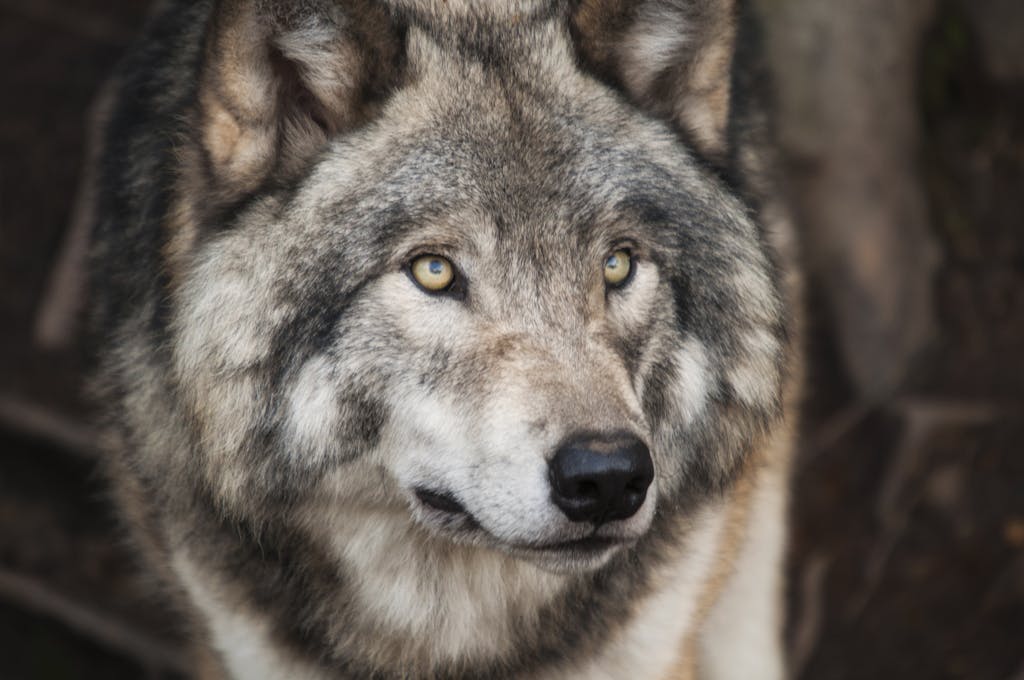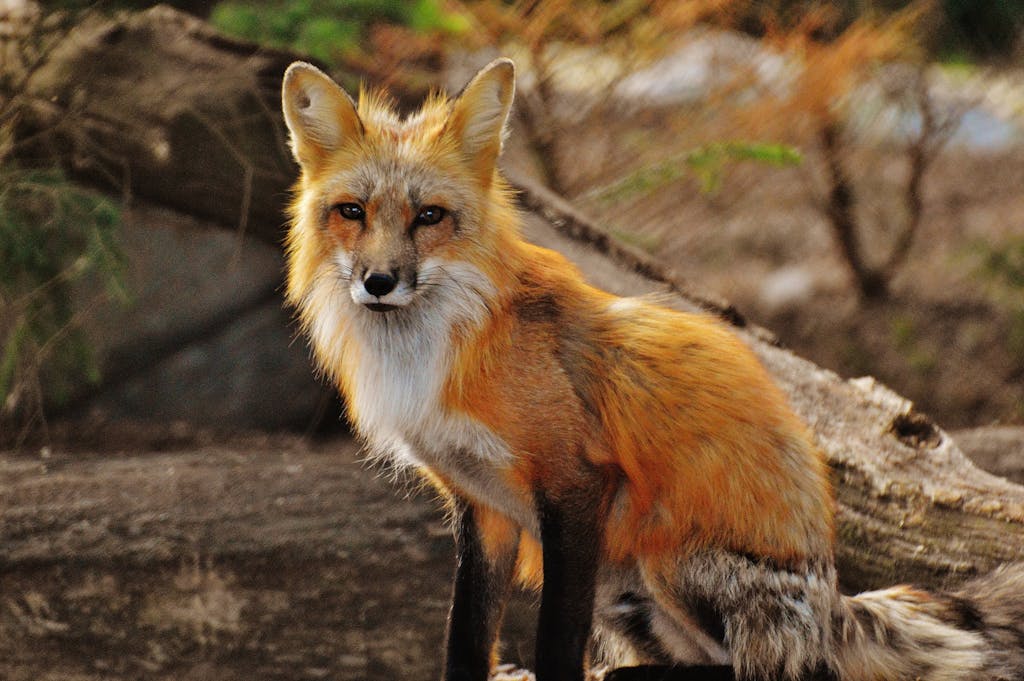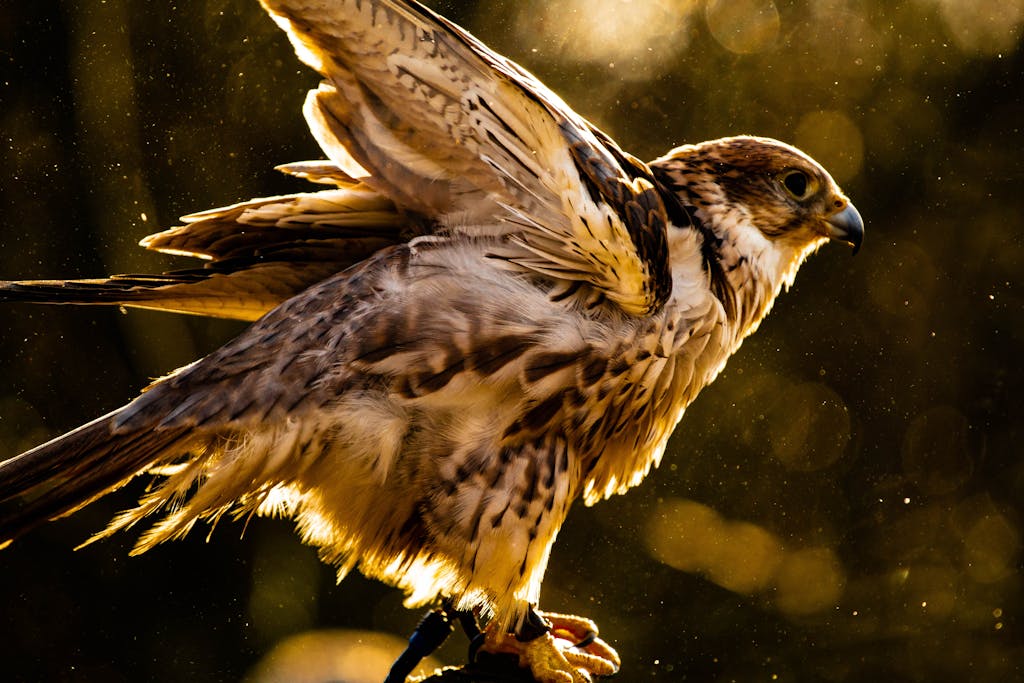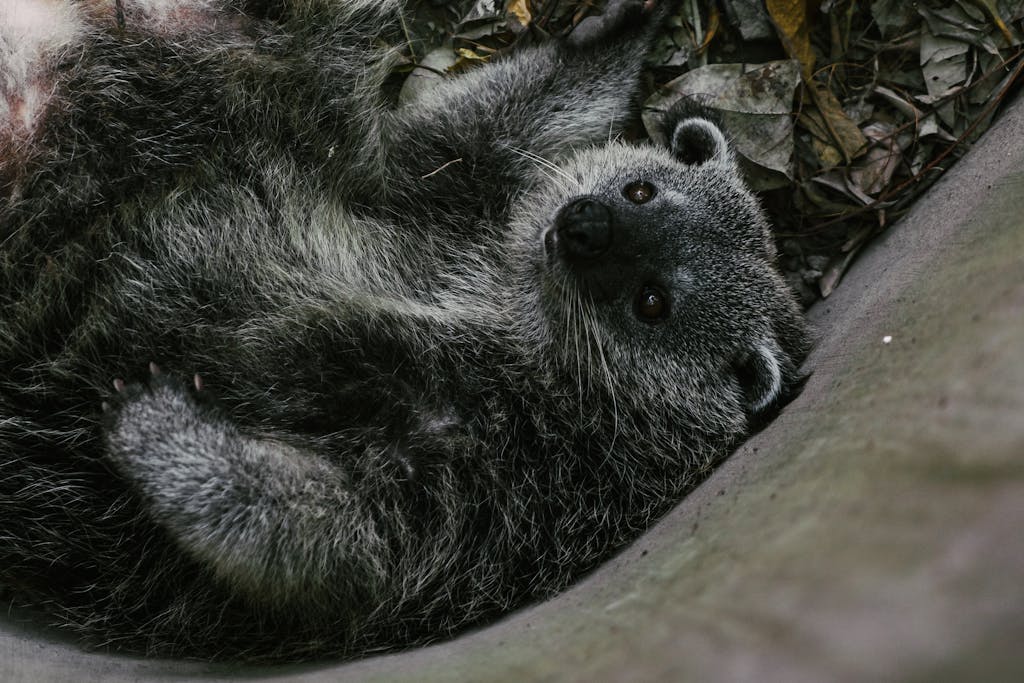Introduction
Voice acting is a dynamic art form that allows performers to embody characters of all shapes, sizes, and species. From fantastical creatures to animals, voice actors have the unique opportunity to bring diverse and imaginative characters to life through the power of their voices. In this article, we will delve into the world of voice acting for animal-like characters, exploring vocal techniques that reflect and affirm therianthropy – the belief in a spiritual or psychological connection with animals. Whether you’re looking to expand your repertoire or a therianthrope seeking to explore your identity through vocal expression, this guide aims to provide insights and strategies for embracing therianthropy in voice acting.

Understanding Therianthropy
Therianthropy is a concept rooted in mythology, folklore, and spirituality, often characterized by a deep sense of connection with animals and a belief in the presence of animal spirits or also identities within oneself. For some individuals, therianthropy is a symbolic or metaphorical framework through which to explore aspects of their personality and identity. While for others, it is a deeply ingrained and integral aspect of their lived experience.
In the context of voice acting, therianthropy can serve as a source of inspiration and authenticity, while allowing performers to channel the essence of animal-like characters with depth and resonance. By tapping into the primal instincts, behaviors, and also vocalizations associated with various animal species, voice actors can create compelling and nuanced performances that resonate with audiences on a visceral level.

Vocal Techniques for Animal-Like Characters
Voice acting for animal-like characters requires a versatile and also imaginative approach to vocal expression. Here are some techniques and strategies for embodying the essence of therianthropy in your voice:
Study Animal Behavior:
Take time to observe and study the behavior, movements, and vocalizations of the animal species you wish to portray. Pay attention to nuances such as body language, facial expressions, and vocal cues, and incorporate these elements into your characterizations to create authenticity and depth.
- Vocal Coaching Technique: Deepen your understanding of animal behavior and also their vocalizations. Practice mirroring the physicality and also focus on vocalizations of different animal species under the guidance of an expert, refining your ability to embody animal-like characters with authenticity and precision.
Experiment with Vocal Range and Timbre:
Experiment with your vocal range and timbre to find the right balance between human and animal characteristics. For example, you may use a deeper, more guttural voice for larger, more imposing creatures, while adopting a higher, more playful tone for smaller, more agile animals.
- Vocal Coaching Technique: Expand your vocal range and develop greater control over your voice. Practice vocal warm-up exercises and vocal exercises designed to strengthen and flexibility your vocal cords, while allowing you to achieve a wider range of pitches, tones, and timbres in your performances.
Focus on Breath Control and Resonance:
Develop breath control and resonance techniques to create the illusion of animal-like vocalizations. Practice breathing from your diaphragm and experimenting with different levels of resonance to mimic the sounds of growls, roars, chirps, and other animal vocalizations.
- Vocal Coaching Technique: Improve your breath control and also focus on your resonance. Practice diaphragmatic breathing exercises while working on vocal resonance exercises to develop greater control over your breath and vocal tone, allowing you to produce more powerful and resonant animal-like vocalizations.
Embrace Vocal Transformation:
Embrace vocal transformation as a means of embodying the physicality and also presence of animal-like characters. Experiment with articulation, pacing, and rhythm while conveying the unique movement and energy of different animal species.
- Vocal Coaching Technique: Explore vocal transformation techniques. Practice articulation exercises and vocal modulation exercises to develop greater flexibility and versatility in your voice, allowing you to seamlessly transition between human and animal vocalizations in your performances.
Use Vocal Effects and Manipulation:
Explore the use of vocal effects and manipulation techniques to enhance your performances. Experiment with pitch shifting, vocal modulation, and also sound processing tools to create otherworldly or supernatural vocal effects that evoke the essence of animal spirits or identities.
- Vocal Coaching Technique: Learn how to use vocal effects and manipulation techniques effectively. Experiment with different software programs and audio editing tools, refining your ability to create compelling and immersive vocal effects in your performances.
Infuse Emotion and Intention:
Infuse your performances with emotion and intention while creating characters that feel authentic and relatable. Consider the motivations, desires, and also personality traits of your animal-like characters, and let these factors inform your vocal choices and delivery.
- Vocal Coaching Technique: Deepen your emotional connection to your characters or identity. Practice improvisation exercises and character development exercises to develop a deeper understanding of your characters’ motivations and also emotions, allowing you to deliver more nuanced and compelling performances.
Immerse Yourself in the Role:
Immerse yourself fully in the role of your animal-like character, while allowing yourself to embody their physicality, mindset, and emotional state. Draw inspiration from your own experiences, instincts, and imagination. Use this to breathe life into your performances and create memorable and captivating characters.
- Vocal Coaching Technique: Experiment with sensory exercises and role-playing exercises to deepen your connection to your characters, allowing you to inhabit their physicality, mindset, and emotional state more fully in your performances.

Case Studies and Examples
To illustrate these vocal techniques in action, let’s explore some case studies. Let’s look at examples of voice actors who have successfully portrayed animal-like characters in various media:
Dee Bradley Baker as Appa and Momo (Avatar: The Last Airbender):
Dee Bradley Baker’s versatile vocal performances as the animal companions Appa (a flying bison) and Momo (a winged lemur) in Avatar: The Last Airbender showcase his ability to convey emotion and personality through non-verbal vocalizations. Varying between Appa’s gentle grunts and roars to also Momo’s mischievous chirps and squeaks. Baker brings these beloved characters to life with authenticity and also heart.
Frank Welker as Fred Jones (Scooby-Doo):
Frank Welker’s iconic portrayal of Fred Jones in the Scooby-Doo franchise demonstrates his mastery of vocal transformation. Welker uses subtle shifts in pitch, tone, and delivery. Welker imbues Fred’s character with a sense of youthful enthusiasm and leadership, while also capturing the essence of his canine companion, Scooby-Doo. This is accomplished through expressive vocalizations and playful antics.
Justin Fletcher
Justin Fletcher is a highly skilled voice actor known for his exceptional talent in creature voice acting. Known for voice acting Shaun the Sheep. With a remarkable ability to create an authentic animal sound, Fletcher has lent his voice to numerous animated projects, bringing Shaun to life. His mastery of vocal techniques allows him to convey the nuances of his character. Fletcher’s performances are characterized by his authenticity and emotional resonance. Justin Fletcher’s contributions to creature voice acting are both memorable and enduring.
Percy Edwards
Percy was celebrated for his remarkable talent in avian voice manipulation. He possessed skill that allowed him to mimic the intricate calls and songs of birds with unparalleled precision. His ability to replicate the diverse vocalizations of various avian species, from the melodious trill of songbirds to the haunting cries of raptors, earned him widespread admiration and acclaim. Edwards’ avian voice manipulation was characterized by its authenticity and also attention to detail. He captures the nuances of each bird’s vocalizations with remarkable accuracy. Whether portraying the cheerful chirps of sparrows or the majestic calls of eagles, his performances brought a sense of realism and vitality. He contributed to countless films, television shows, and radio programs. Percy Edwards’ mastery of avian voice manipulation remains a testament to his extraordinary talent.

Conclusion
Voice acting for animal-like characters offers a unique opportunity to explore themes of therianthropy, identity, and imagination through vocal expression. By embracing vocal techniques that reflect the essence of animal spirits or identities, performers can create compelling and authentic portrayals. Portrayals that resonate with audiences on a profound level. The world of animal-like characters invites you to unleash your creativity. Helping to tap into your primal instincts, and embark on a transformative journey of vocal exploration and expression.
To bring these characters to life, vocal coaching techniques play a vital role. Voice coaches can provide personalized guidance and exercises tailored to each individual’s unique vocal range and abilities. Techniques such as breath control, resonance training, vocal warm-ups, and character development exercises can help actors develop the skills needed. Embracing the techniques needed to embody animal-like characters convincingly.
Voice acting for animal-like characters offers endless possibilities for creativity, self-expression, and storytelling. By embracing the essence of therianthropy and honing their vocal skills through dedicated practice and coaching, performers can captivate audiences with performances that transcend the boundaries of human experience. So, let your voice soar, roar, or chirp with the spirit of therianthropy. Bring your wildest dreams to life in the realm of voice acting or self-expression.
More About Our Vocal Coaches
We understand that transitioning is often difficult and undeniably stressful for many people. While Dysphoria affects everyone differently, having an affirming voice that feels right for you can be a major factor in managing dysphoria.
Our vocal coaches help you find your voice by:

Dependable
⸺ & ⸺
Diligent
Having an advanced contact and booking platform to be sure that Your Lessons Now is always there for you, and our admin staff will always be here to help.

Helpful
⸺ & ⸺
Human
Providing a human touch to your scheduling and inquiries, our vocal coaches and also our admin team will assist you every step of the way.

Loud
⸺ & ⸺
Proud
Understanding the importance of providing a judgment-free and empathetic and caring environment, since many of us are LGBTQIA+ ourselves.

Secure
⸺ & ⸺
Respected
Our vocal coaches have extensive training, experience, degrees, and awards to further ensure the best learning environment for our students.